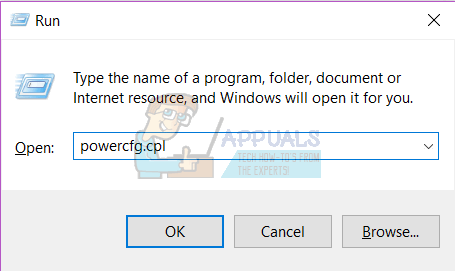In Windows 10, you will get a notification about the update being downloaded and prepared for installation and ask you to restart to apply the updates. You can then choose whether to restart or postpone the updates. The other options for restarting or shutting down your PC include shutting or restarting with updates or shutting or restarting without updates. Those shutdown/restart options are available in all editions of Windows 10, and have been there over a year now since a few builds before November Update version 1511. It’s the nature of the update that determines if the option to shutdown/restart without updating is shown or not. Some updates require an immediate restart, some not.
Windows 10 Update Options
The fact that WU lets you select a later time for automatic restart can seem a bit misleading, but it’s there for a logical purpose: it’s there for you to select a convenient point of time when the pending updates will be installed in case this PC is one that’s always on.
Two types of Windows Updates
There are two types of Windows Updates. If you look at your Windows Version, you will see a major and minor build as in XXXXX.YYYY, where XXXXX is a major build and YYYY, is minor build.
Critical updates (cumulative, minor build)
These include security updates and system patches and bug fixes. Cumulative updates always require an immediate restart. Immediate in this case not meaning you have to restart the moment update has been downloaded and prepared but instead that pending updates will be installed next time the PC is either shut down or restarted. The update can be postponed only to the next shut down or restart and will be performed latest at the time you select in Restart options if PC has not been shut down or restarted manually before that. The shutdown menu has only 3 options (sleep, restart with updates and shut down with updates).
Non-critical updates (major build, other updates not requiring immediate install)
The option to choose restart or shut down with or without an update is offered when the update is not critical. The shutdown menu has only 5 options (sleep, restart with updates, shut down with updates, shutdown and restart). These include new interfaces and new features and are not critical for the safety and smooth operation of your PC. They can be postponed max to end of the sixth day after downloaded and prepared (depends on update) by selecting restart or shut down without updating from the shutdown menu. When above mentioned time period ends, any restart will do the update and install pending updates or build upgrade. The option to shut down or restart without updating is no longer available. For instance, when a Windows 10 version (be it Home, Pro, Education or Enterprise edition) has downloaded a build upgrade and you are shown Restart now prompt in Settings > Update & Security > Windows Update, you don’t have to do the upgrade immediately. Instead, you can find shutdown or restart options in the Start menu or Alt + F4 menu. The shutdown options shown in Start let you, in this case, choose Update and Restart, Update and Shutdown (in which case upgrade continues next time PC is powered on), or postpone the upgrade simply by selecting Restart or Shutdown. These options will then be unavailable for about a week, the same maximum time period Restart options in Settings > Update & Security > Windows Update > Restart options allows you to postpone the automatic restart with the upgrade. If you don’t want to install updates you can choose the normal restart or shutdown from the start-shutdown menu or the Alt + F4 menu or from the Lockscreen-Shutdown menu. This is only available for non-critical updates. The methods below work for both critical and non-critical updates.
Method 1: Clear your updates folder
Windows temporarily stores updates in a folder and installs them at your convenience or on shutdown or restart. Clearing the folder will not leave the system enough time to download them and install them when you restart. To clear the updates folder:
If you do that, your problem is temporarily solved. To stop update permanently, press Windows key + R -> type services and hit enter -> look for windows update -> go to properties and change startup type to ‘disabled’ -> Apply + OK. This will stop the Windows Update services from running automatically. You can also change your connection to a metered connection (windows won’t download updates via that connection).
Method 2: Use the power button to shut down
By using the power button to shut down your PC (not the holding to shut down method), you can successfully bypass the update feature. Your power button must be set as a shutdown button instead of a hibernate button. To do that:
How to Make Windows 10 Shut Down Instead of Hibernating (hiberfil.sys)Fix: Task Host Window Prevents Shut Down in Windows 7/8/10Fix: Uplay has detected an unrecoverable error and must shut downOld School RuneScape Developer Poll Players On Partnership, Gets Shut Down In…


